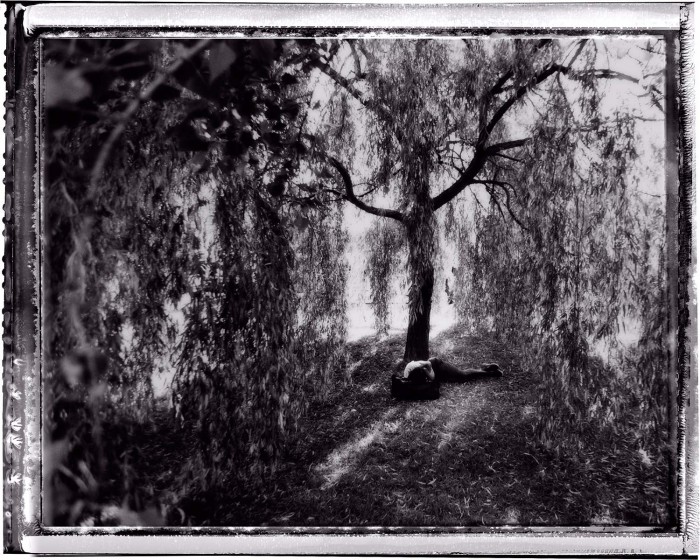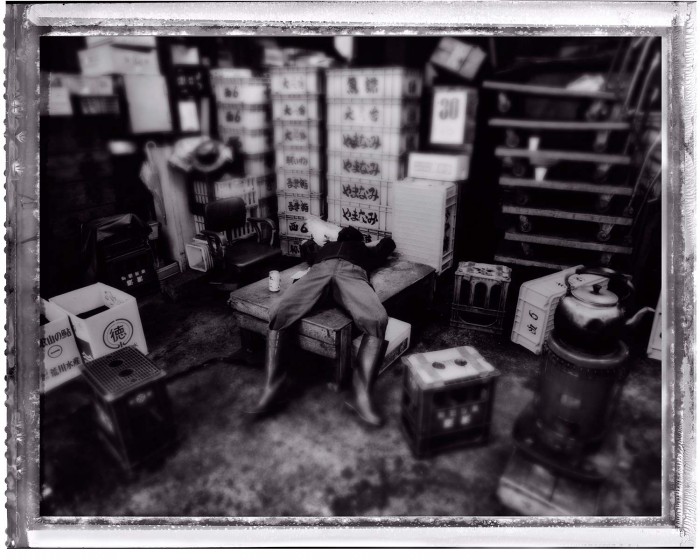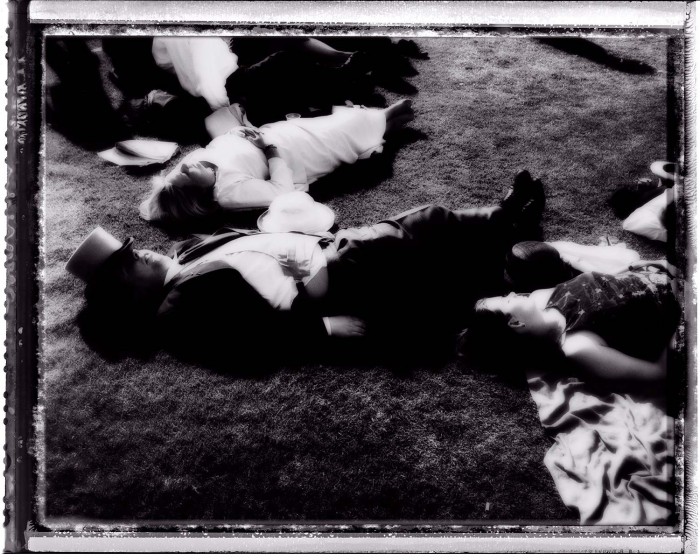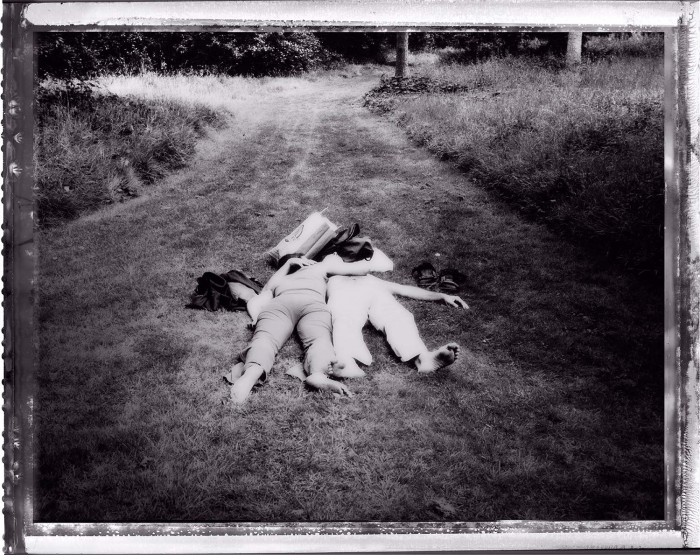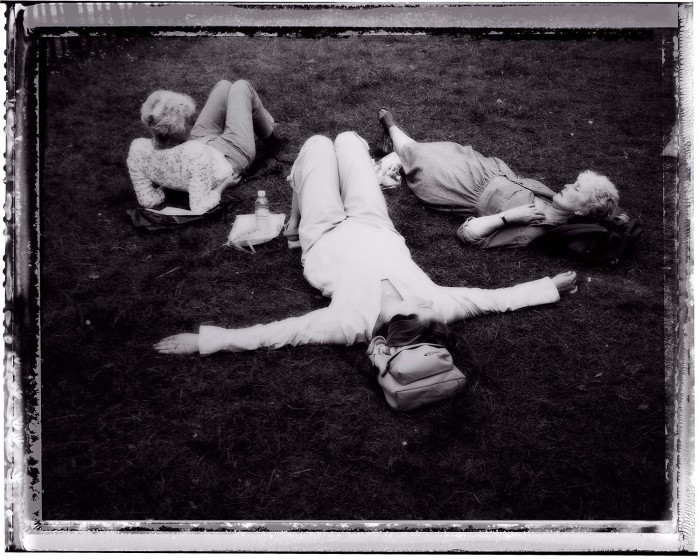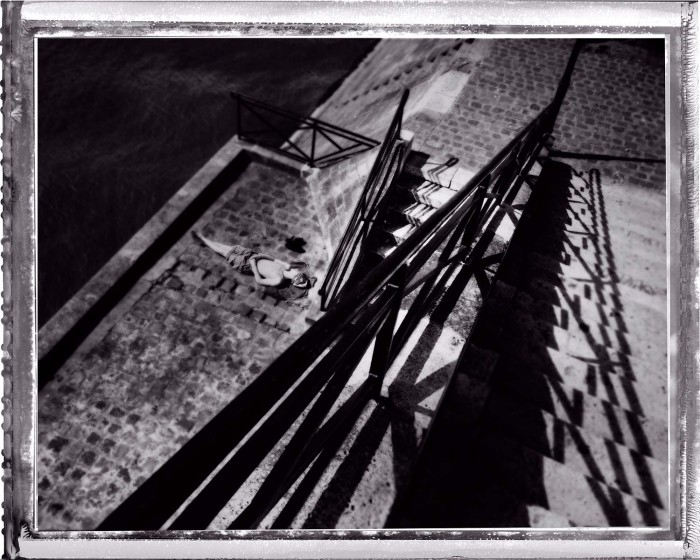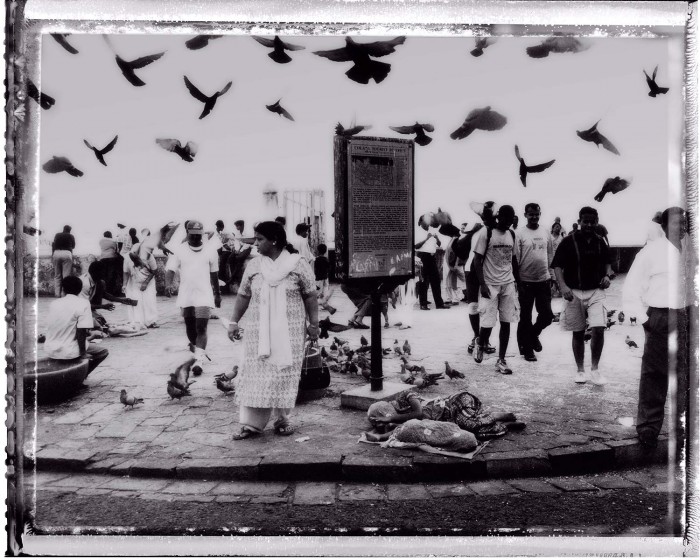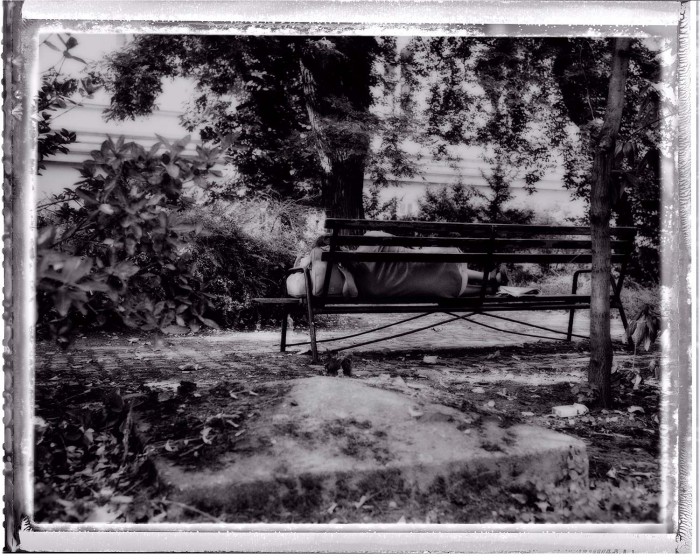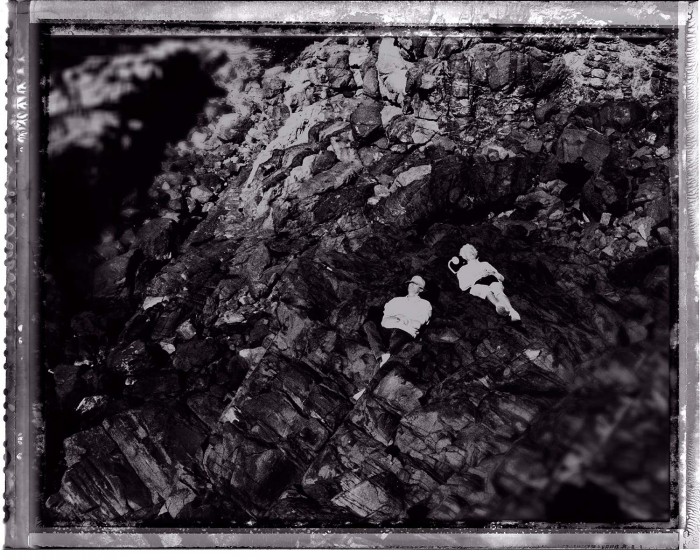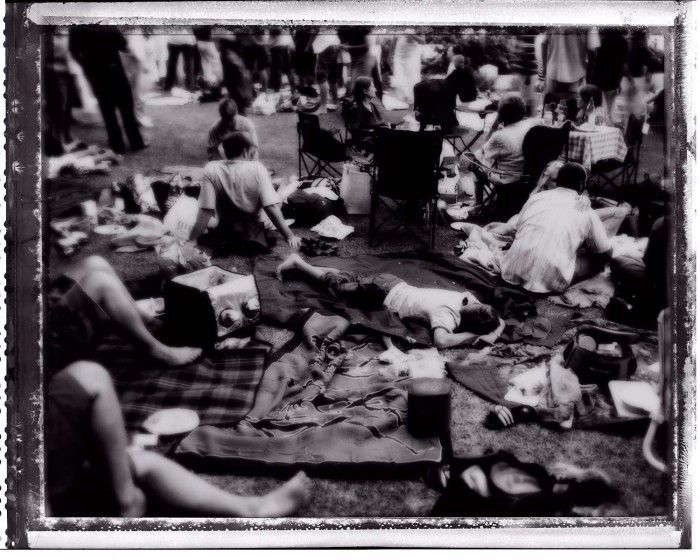DREAMLAND
2000 to 2010 (Edition of 7)
Dreamland is a visual study of the universality of sleep in our time poor lives. This collection of images is drawn from imagery gathered over a decade in journeys across the globe. Geographic, class and economic parameters are ignored as the individual becomes unified in intimate, fleeting moments of public solitude.
Multiple theories try to explain the function of sleep and reflect the incomplete study of the subject. REM sleep appears to be important for development of the brain and memory processing. In turn, sleep plays a significant factor in wound healing and research postulates that it consolidates synaptic connections formed during learning. The “Preservation and Protection” theory holds that sleep serves an adaptive function and asserts that animals sleep at times that maximize their safety.
Dreams are the perceived experiences of sensory images and sounds during sleep, in which the dreamer experiences sequences as apparent realities rather than as observations. Dreaming mostly occurs during the REM (Rapid Eye Movement) phase of sleep. There are many hypotheses about the functions of dreaming. Freud postulated that dreams are the symbolic expression of frustrated desires that have been relegated to the unconscious mind. Certain processes in the cerebral cortex have been studied in activation synthesis theory, which proposes that dreams are caused by the random firing of neurons in the cerebral cortex during REM. This theory explains the irrationality of the mind during these periods, as the forebrain in turn has to create a story to reconcile the nonsensical sensory information presented to it.
In the early 21st century millions complain of sleep disorder and seek to medicate to find solutions to their problems. Their lives lived out of balance, like their dreams, are defined by long commutes and chaotic working schedules that underline a new era of sleep deprivation. In contrast the peace and innocence of humans asleep remains both humorous and deliciously tender.
Signed Limited Edition Digital Fibre Museum Print. Each work is produced in an edition of 7 and is printed at 200 x 160 mm.

